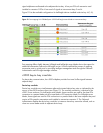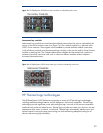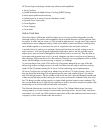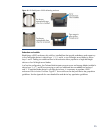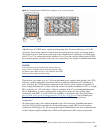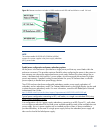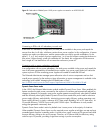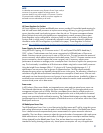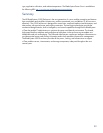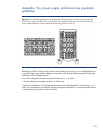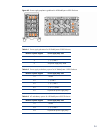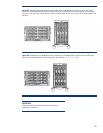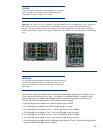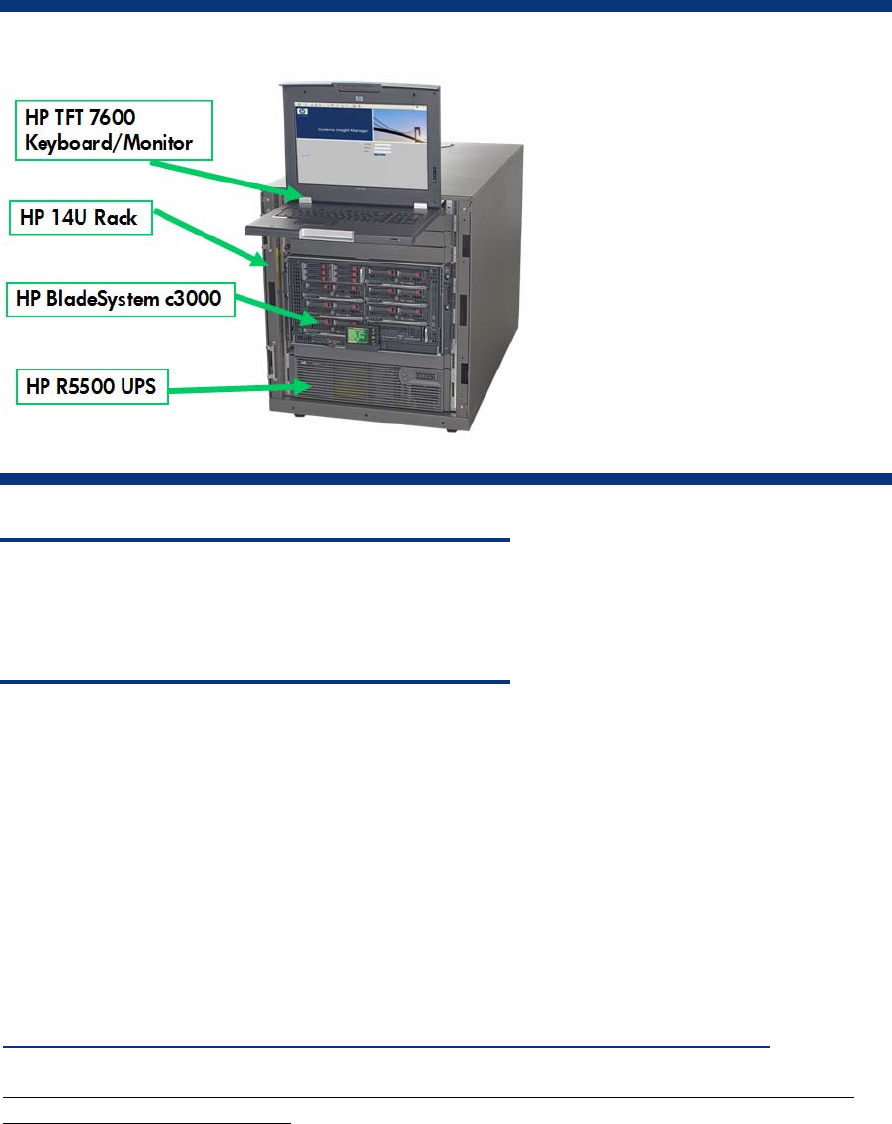
Figure 20. Remote site solution includes a c3000 enclosure with UPS and local KVM in a small 14U rack
NOTE
The rack-mountable HP R5500 UPS (5000VA/4500W)
supports four power supplies in the power supply redundant
(N+1) power mode.
Pooled power configuration and power redundancy options
All the power in the enclosure is provided as a single power pool that any server blade within the
enclosure can access. This provides maximum flexibility when configuring the power in the system so
that customers can choose the required enclosure power mode. Because this power design has no
zones, it facilitates both N+N and N+1 power modes, which future-proofs the enclosure for higher
power requirements, if needed. Looking forward at least five years, HP believes there is sufficient
power capacity to handle future power-hungry devices.
The c3000 enclosure has three configurable redundancy modes: power supply redundant, AC
redundant, and no redundancy mode. The Onboard Administrator or the Insight Display can be used
to select the power redundancy mode. For more information, consult the HP BladeSystem Onboard
Administrator User Guide:
http://h20000.www2.hp.com/bc/docs/support/SupportManual/c00705292/c00705292.pdf.
Typical power configuration connecting to UPS, wall outlets, or a single non-redundant PDU (using
Power Supply redundancy mode)
In a configuration with N+1 power supply redundancy connecting to a UPS (Figure 21), wall outlets,
or to a single non-redundant PDU, the total power available equals the total power available less one
power supply. Up to six power supplies can be installed and one of them is always available to
provide redundancy. In the event of a single power supply failure, the redundant power supply will
take over the load of the failed power supply.
29



